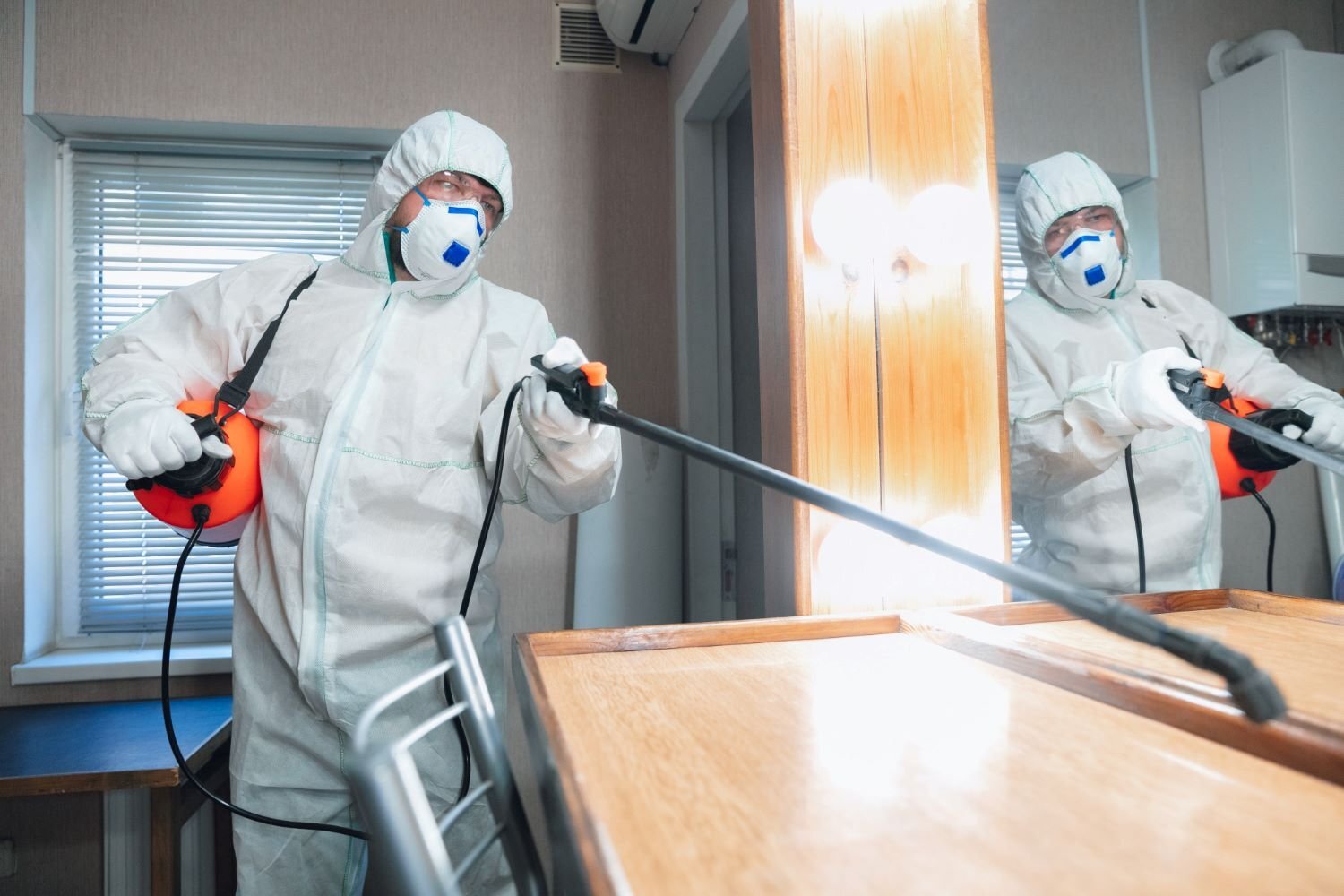There is a possibility to view the trend of social media in China to use lucky numbers as a result of the faddism. It is an opportunity to show concern about social change that is happening at a rapid pace.
Hobsbawm and Ranger assert that new traditions are likely to emerge in times of change in society, as traditional customs and practices are taken off.
Market Value
Lucky Mobile offers prepaid SIM cards that come with various plans for data at affordable prices. It is simple to use and provides unbeatable connection. Lucky network SIM cards are sold at physical stores as well as online. The validity time is able to be adjusted according to the needs of the customer.
In Vietnam there are many who want to own a fancy or VIP number. Numerous SMS advertisements are delivered to these people, offering exclusive numbers, or what’s known as “cantik” that people consider to be lucky. The model NgocTrinh is a prime instance. She spent millions of dollars for the number she thought to be fortunate.
Lucky Mobile, a Canadian service provider that utilizes Bell Mobility Network. Bell Mobility Network, is accessible in Canada. The company sells its cards at Bell, Visions Electronics (TBooth Wireless, Wireless Wave), Walmart, Circle K and Dollarama stores. It also offers cards through retail partners such as Public Mobile and Telus. Plans that are low-cost from the company offer voice and text messaging along with data as well as international calls.
Telecom Companies
Lucky Mobile, launched in 2017 is a virtual pre-paid mobile service that offers Canadians with an affordable alternative to the national mobile providers. Customers can select among a variety of plans for data that meet their financial and communications needs. The service offers exceptional coverage for a reasonable price.
There are people who will spend a lot of money to get the lucky numbers. Although this trend is the most popular within Hong Kong where many think that it will bring good luck, there are others across other regions of Asia that do similar. An entire industry has been created because of.
The state-owned telecoms of China, in particular are under attack because they profit from a belief system and sales numbers that are believed to be luckier. This trend appears to be in place despite critiques.
Cultural Beliefs
The use of numbers is getting more spiritual in a society which is becoming more materialistic, and in which people are less secure. Use of numbers can vary, from divination to alleviating anxiety. The meanings of numbers also differ between cultures. Three, for instance, is considered to be a lucky number for the Swedish, South Koreans and Vietnamese. It is a symbol of balance peace, harmony and prosperity, according to it is the Vietnamese term “three” that sounds similar to heaven, earth and ground, translates to.
One could argue that the development of lucky numbers was a consequence of the disintegration process in modern society (Giddens). For instance, the Chinese number 8 for instance is believed to be a lucky number because it resembles the word “wealth” and it is believed to boost wealth and achieve success. Certain Chinese will spend an enormous amount of money in order to get a phone number which begins with the letter the number 8. The number 8 has become an indicator of status in China.
Consumer Behaviour
There are a variety of SIM cards available on the market. People are attracted to companies that offer unique features or discounts. Marketing professionals who know their stuff provide customized programs to help consumers choose the right item.
COVID-19 is causing a variety of challenges for the manufacturers of mobile devices as well as wireless carriers. This includes production interruptions and labor shortages that have caused delays in shipping. The COVID-19 virus has led to an increase in mobile devices’ shipment, as well as a slowing development of next-generation devices.
The number you have on your cell phone can be used by scammers to purchase goods, access your personal information, or make fraud in transactions. To stop SIM swapping, companies, users and operators must collaborate. Beware of numbers that have repeated numbers, or those that are either sim so dep too short or long. You must keep this in mind when you work in finance. Reduce the frequency at which you switch the cellular service provider.





